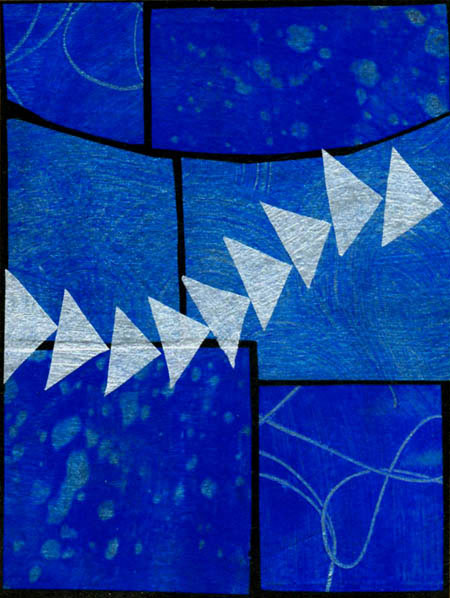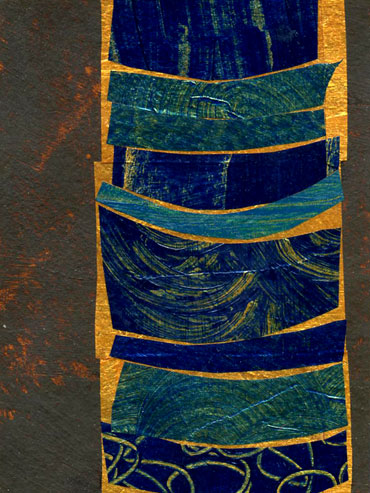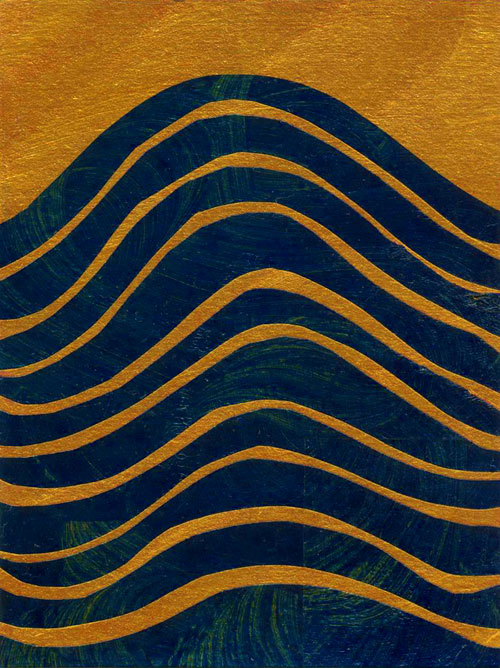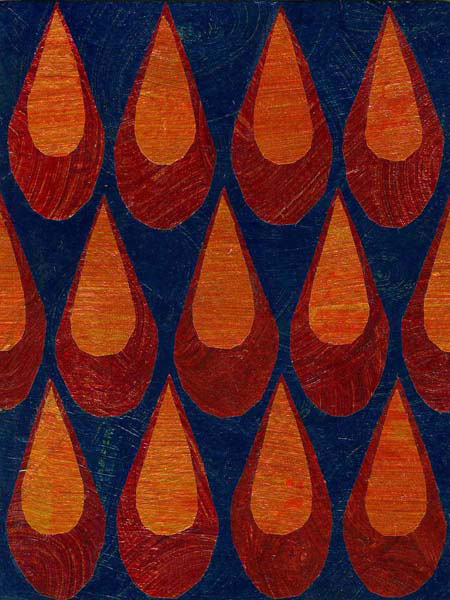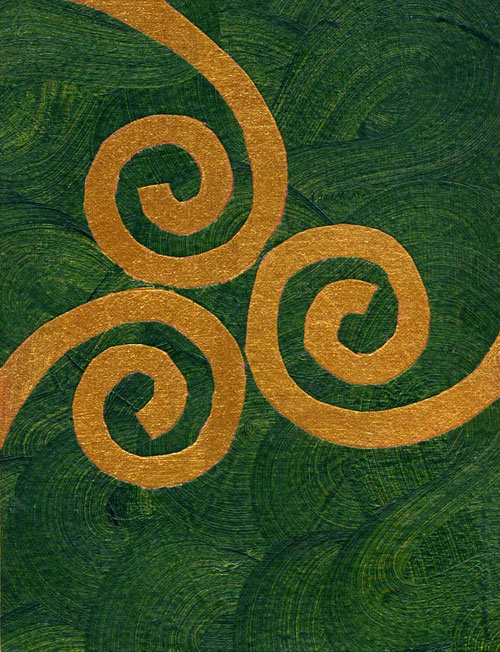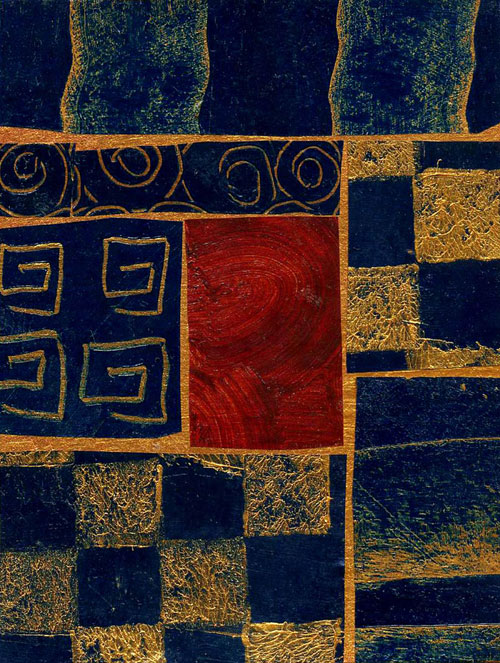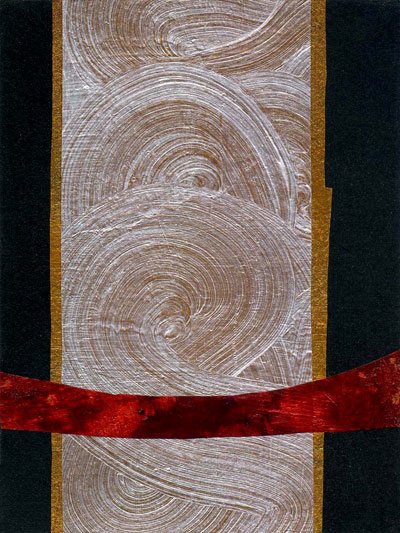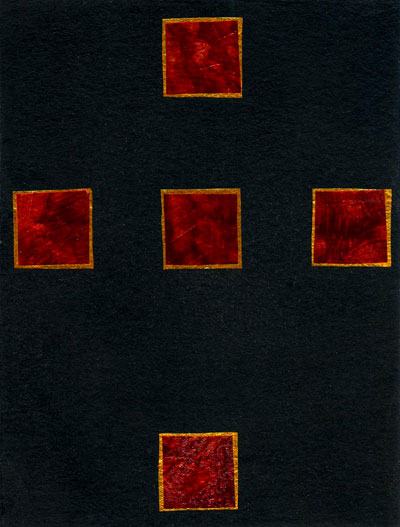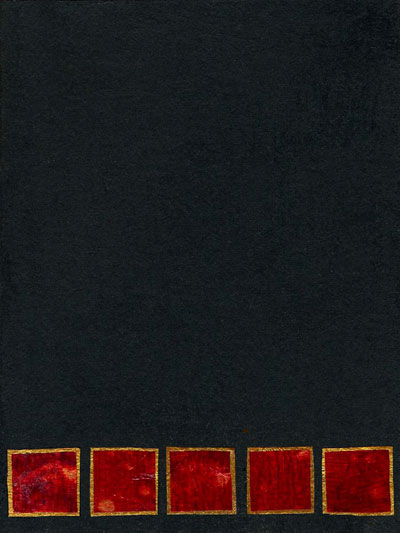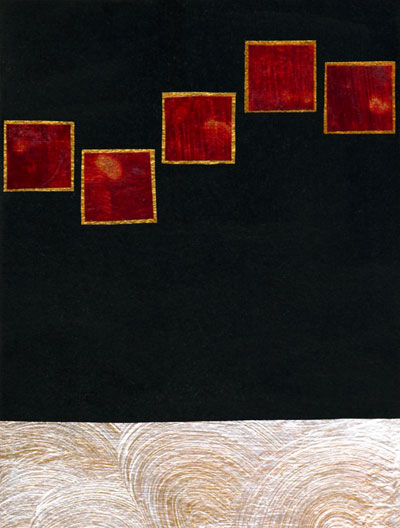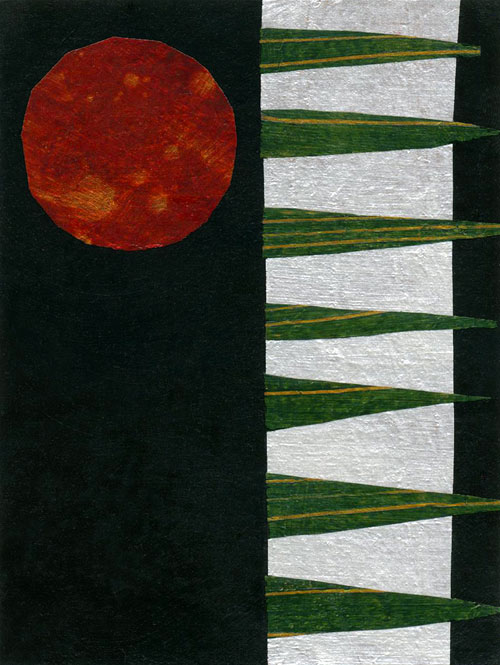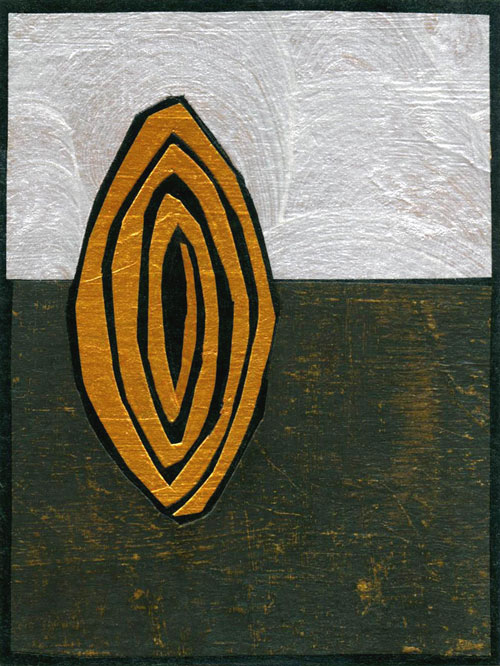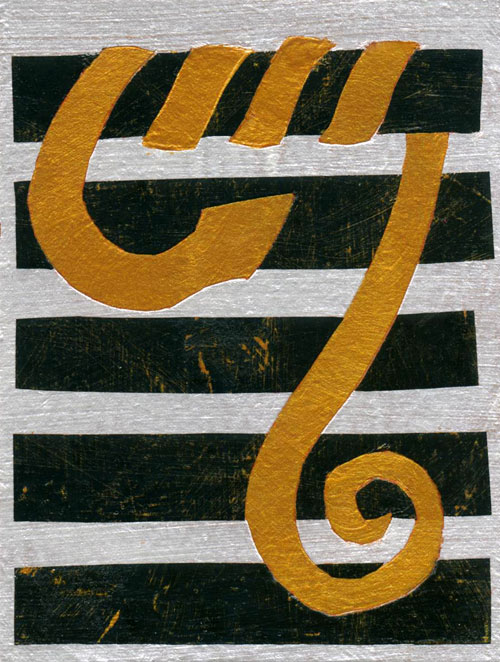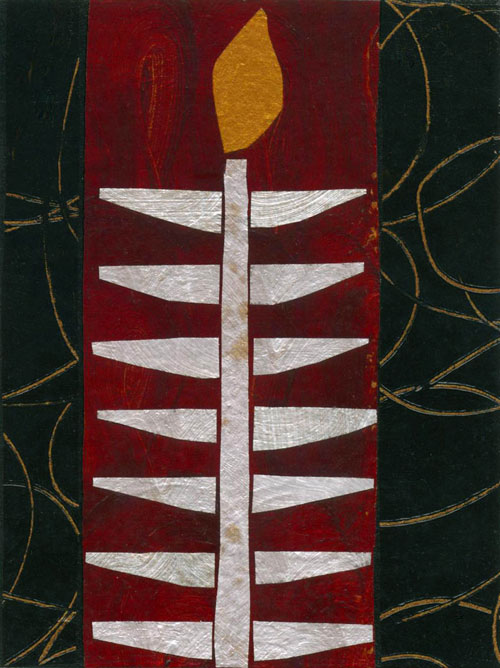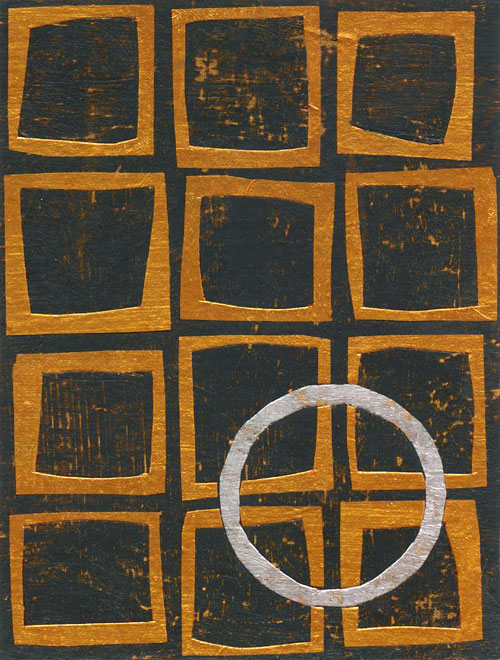Reading from the Gospels, Proper 7/Ordinary 12/Pentecost +3: Mark 4.35-41
As often happens, I find myself struck by the ways that the landscape of the lectionary intersects with the landscape of my own life. Pondering Mark’s telling of how Jesus stills the windstorm that springs up during their evening crossing of the sea, I think of doing battle last week with a bout of anxiety that had pressed hard upon me. I generally experience myself as a pretty calm person, blessed both with a natural disposition and acquired skills that enable me to move through my days with relative equanimity. Yet last week, as I grappled with a summertime deadline for the new book I’m working on [In the Sanctuary of Women], my stress exacerbated by preparing for a trip that would disrupt my already-tight schedule, I experienced a level of anxiety that was foreign to me. In the midst of it, I had trouble recognizing my normally calm self.
Like the disciples, I called on some help in the midst of the storm. A series of conversations with my wise sweetheart helped me return my focus to where it needed to be: on the book, not on the looming deadline. As I became able to reorient my attention, my anxiety began to slide away. I modified my travel plans in a way that reduced my stress, gave myself to the delights of reconnecting with friends and family in the places I visited, and when I returned over the weekend, I took some Sabbath time before diving back into the book.
We Christians sometimes describe anxiety and fear as the flip side of faith, casting them as opposites and chastising one another—or ourselves—for not having enough faith to still our fears. It’s true that faith and fear have a hard time living together. Fear and anxiety can seduce us into a frantic loop in which our perceptions grow so distorted that we may completely lose the path that would carry us through our fears. Like the disciples, we become swamped. They were right to feel afraid. Yet their perception that their reality was defined solely by the storm only increased their experience of being overwhelmed. The presence of the storm was not the whole truth of their situation—a fact that the sleeping savior in the stern would soon remind them of.
There is plenty of cause to be anxious and fearful in these days, and for better reasons than a looming book deadline. Anyone who’s not feeling some anxiety probably isn’t paying enough attention to what’s going on. Living in denial is not the same as having faith. Whatever the sources of our anxiety, faith helps to provide the tools we need to maintain our vision and to see the truth within the waves that seek to command our whole attention. Faith asks us where we are turning our sight, and what we are allowing to define our reality.
Pondering all this, I revisited an article that Sharon Salzberg, the noted author and Buddhist teacher, wrote for the January 2002 article of O Magazine. In her article, titled “Choosing Faith over Fear,” Salzberg writes,
Faith demands that, despite our fear, we get as close as possible to the truth of the present moment so that we can offer our hearts fully to it, with integrity. Faith is willing to engage the unknown, not shrink back from it. Faith doesn’t mean the absence of fear. It means having the energy to go ahead, right alongside the fear. The word courage in English has the same etymological root as the French coeur, which means “heart.” With courage we openly acknowledge what we can’t control, and place our hearts wisely on our ability to connect with the truth of the moment and to move forward into the uncharted terrain of the next moment.
We might (and often must) hope and plan and arrange and try, but faith enables us to be fully engaged while also realizing that we are not in control. To be able to make an intense effort—to heal, to speak, to create, to alleviate our suffering or the suffering of others—while guided by a vision of life with all its mutability, evanescence, dislocations, and unruliness, is the particular gift of faith.
When the sleeping savior stirs in response to his disciples’ cries, he doesn’t tell them to have no fear. He instead invites them to examine why they are afraid—in essence, to consider how and why they have let the windstorm rule their reality—and calls upon them to have a measure of faith that will accompany them amid their fears and help to restore their vision.
How’s the weather in your world this week? Are there any storms raging that have you feeling overwhelmed with anxiety or fear? Where might you find help amid the storm? How might God be inviting you to shift your attention in a way that helps you recognize that the storm does not have the final word? Instead of experiencing fear and anxiety as bullies that leave us feeling helpless, how might it be to receive them as messengers who invite us to refocus our vision? How would it be to pray that God would turn your anxiety into energy for moving forward?
Time for me to return to the book. Letting go of my anxiety is helping me work better, but it doesn’t lessen the amount of work yet to be done! No new collage this week, but if you’re looking for some artwork to accompany this passage, I invite you to visit several earlier collages that I created for watery themes. Clicking on each image below will take you to that image’s page on my new website, janrichardsonimages.com. Clicking the title below each image will take you to the reflection where the collage originally appeared.
In every landscape, may you know the gift of faith. Blessings.
Lent 2: In Which We Get Goosed
Epiphany 1: Take Me to the River
P.S. A belated Happy Ordinary Time to you! For a reflection on crossing into the season of Ordinary Time last year, I invite you to visit this post.
